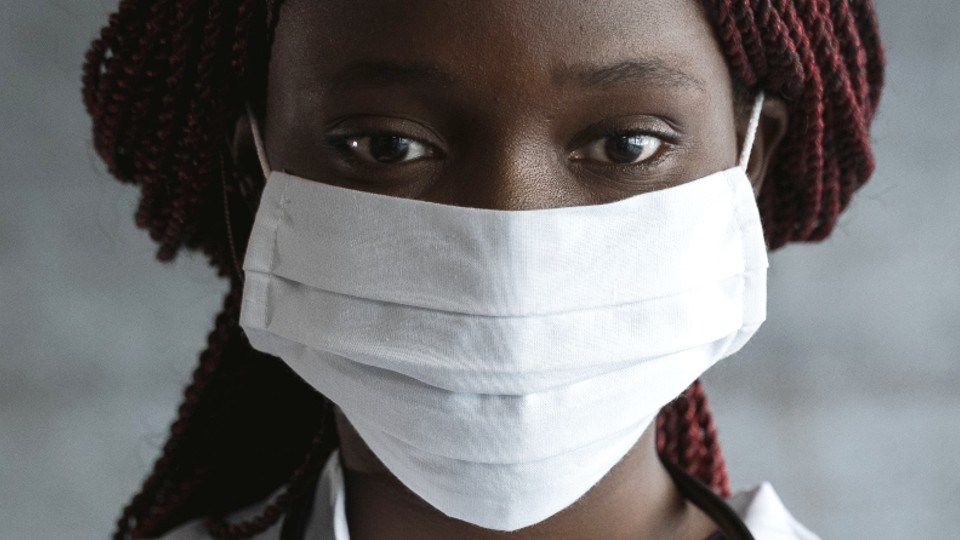Recent Ontario Health statistics show that racialized populations in Ontario have experienced higher rates of COVID-19 infections, higher rates of hospital admissions, more intensive care treatments and even deaths. And in general, the lowest incidence of COVID-19 issues have been among white people.
The stats are part of a 24-page report produced by Ontario Health and the Toronto-based Wellesley Institute. It collected data on Ontario COVID-19 patients from June 2020 through to April 2021 from Ontario public health units.
Part of the report will be tabled on Thursday at the monthly meeting of the Board of Health for Public Health Sudbury and Districts. The information was included in the pre-agenda that was published online for that meeting.
The Ontario Health report said race-based questions were put to individuals as part of an overall collection of socio-economic data on individuals testing positive for COVID-19. Questions included race, income, household size and language.
People were asked to describe which racial characteristic they felt best described them, such as Black, East or Southeast Asian, Latino, Middle Eastern, South Asian, white or other.
An Indigenous choice was not included in race questions.
"The Government of Ontario continues to work with Indigenous partners on the issues and considerations surrounding Indigenous data collection for COVID-19 and beyond, including data sovereignty for Indigenous communities. This work is beyond the scope of this report," said the report.
The numbers show that based on 100,000 population, the population rate for Latinos was more than 6,000 per 100K; the rate for South Asians was just below 6,000; the rate for Middle Eastern individuals was just below 5,000; the rate for Southeast Asians was above 4,500; the rate for Black people was below 4,000; the rate for East Asians was hovering at 1,000 per 100K and the rate for whites was below 1,000.
The report revealed several inequities. For example, white Ontarians account for approximately two-thirds of the population, but they represent just one-fifth of the cumulative cases in the period studied.
Conversely, for example, South Asian Ontarians account for just 8.6 per cent of the population but make up over 16 per cent of cumulative cases in the period studied.
As it became clear that certain communities were disproportionately impacted by the pandemic, the focus shifted to mitigating inequities, with the recognition that infection control and protecting vulnerable Ontarians were mutually reinforcing public health objectives, said the report.
Effectively addressing the pandemic requires understanding which populations are at highest risk and carrying out targeted interventions to protect these groups. Ontario needs to know who falls under the curve in order to “flatten” it, the report continued.
Statistics on race were collected in Sudbury and included as part of the provincial report.
“Public Health Sudbury & Districts has been collecting race-based data through our Case and Contact Management work like all public health units in Ontario,” said the PHSD communications office.
“To date, we have not publicly reported on this data, but we are looking into this possibility in the future. Locally, we are missing data on race for approximately 37 per cent of all cases, in contrast with 43 per cent missing data at the provincial level. There is no reason to suspect our local context is different from the provincial report,” said PHSD.
The report included three recommendations:
- That Ontario’s health and public health systems standardize the collection of sociodemographic data through health card registration and renewal.
- That the health system apply anti-racist approaches to identify systemic causes of health inequities.
- That the health system use race-based data to inform recovery efforts and address structural inequities.
Len Gillis is a Local Journalism Initiative reporter at Sudbury.com. He covers health care in Northern Ontario. The Local Journalism Initiative is made possible by funding from the federal government.
